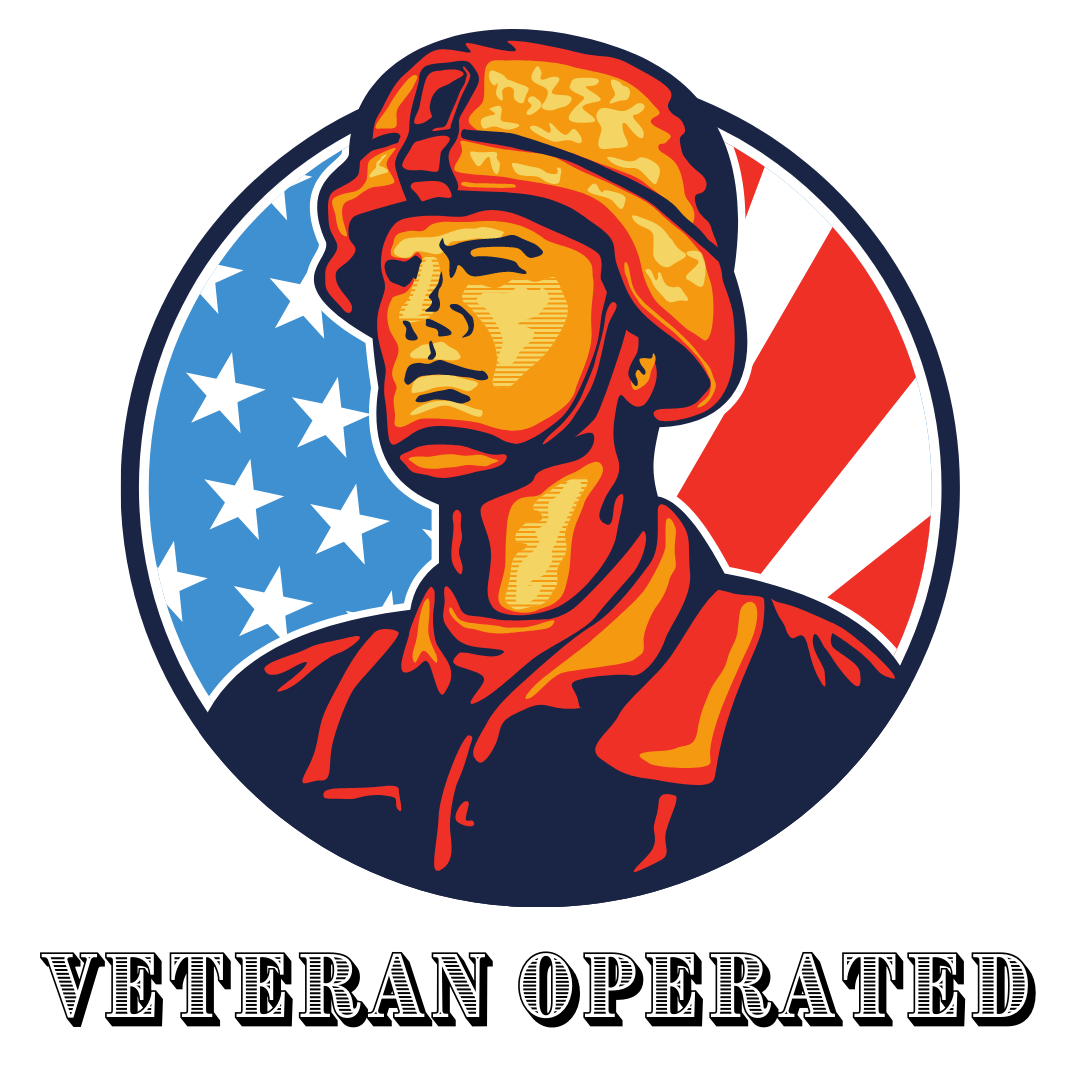Unless you see the spider, you would not be able to tell who exactly spun that web. Before destroying the spider web, you can look at the shape or design of the spider web with your chops and get an idea of the spider’s family group. The different types of spiders weave different types of web.
Let’s delve into the different types of spider webs and how to easily identify them:
- Spiral orb webs: Often found outdoors, spiral orb webs are the most common type of spider webs around the world. Spiral orb webs are known and appreciated for their intricacy and symmetry in design, which is similar to a spiral or wheel with multiple spokes. The structure and shape of orb webs have served as an inspiration to architects and artists over decades.
- Sheet webs: As the name suggests, sheet webs are webs that are flat-looking in shape. This type of web can often be found in between blades of grass or branches. Sheet webs take shape when spiders start weaving threads between two such blades of grasses, branches, or any other surface, essentially connecting them through a web of silk strands.
- Tangled webs: Tangled webs, also known as cobwebs, are one of the most widely prevalent types of spider webs. When it comes to design, they are asymmetrical, unorganized, and may look like a clutter of silk strands. Tangled webs can be easily spotted clinging to support or foundation, such as a plant, rock, or structure such as a ceiling. Owing to their stickiness, they often attract and accumulate dust or debris.
- Triangle webs: Much like other types of webs, triangle webs are distinguishable by shape and serve a specific purpose. This fuzzy, horizontally structured type of web proves to be useful to spiders for trapping and overpowering their prey. A triangle web features three primary strands, which are connected through multiple silky strands between them.
- Funnel webs: Funnel webs are built horizontally and feature an opening on each end. Their unique shape and large size make them easily identifiable. The funnel-like shape of this web serves two main purposes for spiders. Firstly, it allows spiders to easily escape from one way or the other in case of an attack. Along with this, the funnel always serves as a navigation route for the spider through which it can enter its hole in the ground.
Final Words
The spider webs are contrary to Halloween decorations and other cartoon spider stereotypes. Not all spider webs are round and used to catch prey. Spider webs around your house indicate that spiders are hanging around your home. But if you do not see spider webs, it does not mean that your home is spider-free. If you find an infestation in your house, immediately call spider control services.











